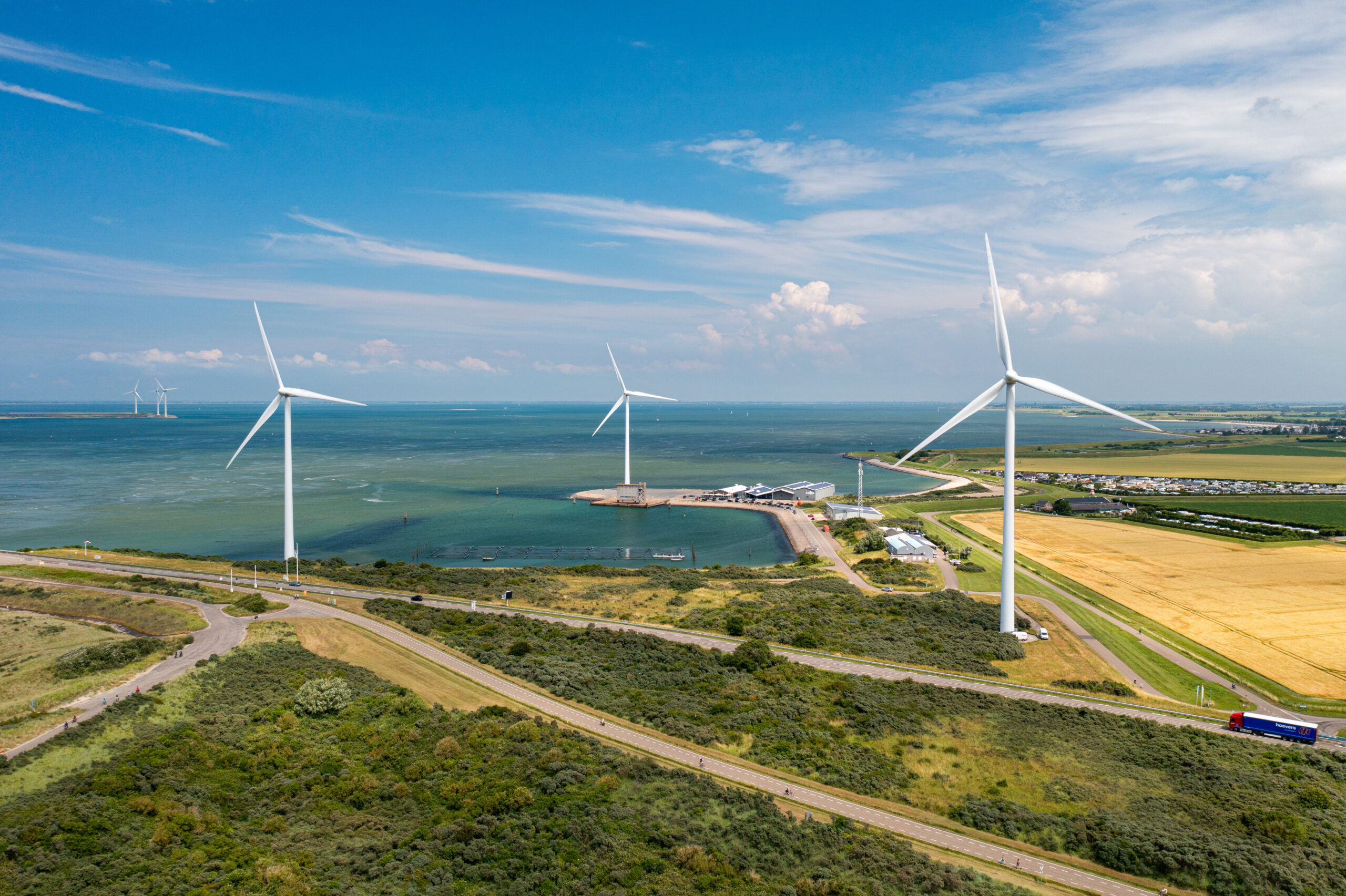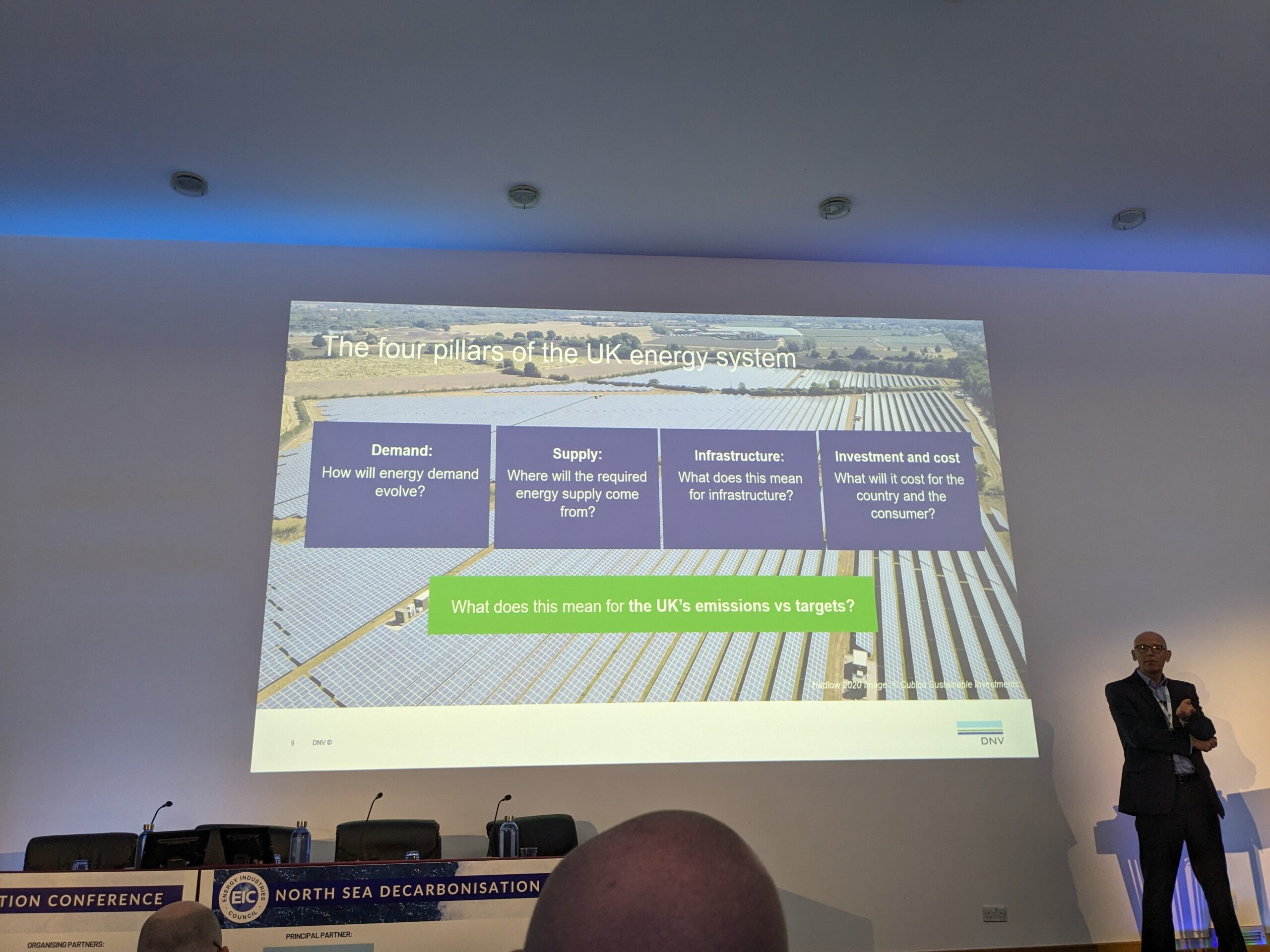All eyes on Dutch offshore wind as country targets 21 GW
The Netherlands wants to achieve 21 GW offshore of wind capacity by the end of 2031, a target deemed ambitious yet achievable. All eyes are now on the country’s next offshore wind tender which will take place at the end of February.

The Netherlands has succeeded in reaching the 2023 target of 4.5 GW installed offshore wind power, which was agreed over 10 years ago. The target was achieved in December last year when the CrossWind consortium, a joint venture between Shell and Eneco, completed the ~760 MW Hollandse Kust Noord wind farm, located 18.5 km from the Dutch coast.
The Netherlands now has a total of 4.7 GW of installed offshore wind capacity, enough to supply about 16% of total current electricity demand in the country, according to the government.
The next step is to gear up for 21 GW installed capacity by end-2031, starting with a tender for the IJmuiden Ver area of the Dutch North Sea at the end of February.
IJmuiden Ver is the largest wind farm zone in the Netherlands and will comprise the Alpha and Beta sites with a combined capacity of 4 GW. The wind farms will be located more than 60 km from the Dutch coastline.
The tenders will use a so-called comparative test with an additional financial offer to be paid to the Dutch state. This method was also used in the Hollandse Kust West tender which closed in 2022 and which saw projects totalling 1.4 GW awarded, split between RWE subsidiary Oranje Wind Power II and EcoWende (Shell and Eneco). These wind farms are expected to be operational by end-2026.
This means that for IJmuiden Ver, applications in the tender will be assessed on criteria including the amount of the financial offer to the state, the level of certainty of the wind farm being completed and the contribution of the wind farm to energy supply. To this end, it is worth noting that the financial offers in the two winning bids for the Hollandse Kust West tender in 2022 were both for 50 million euros plus an agreement to cover the the cost of the environmental impact assessment and site studies (13.5 million euros each).
Ambitious targets
Yet rolling out 16 GW of projects over the next eight years to meet the 2031 target is an ambitious goal, particularly with cost increases and supply chain issues acting as potential barriers.
Kees van der Leun, an energy transition consultant at Common Futures, says the target can be achieved despite the challenges.
“Cost increases to a large extent have a global character, and the Netherlands is also exposed to them. In some respects, costs have already come down from their peaks, e.g. in steel prices. Power prices are also much higher than they were before 2021, leading to higher income for wind farm operators which allows for higher production costs too,” van der Leun told Gas Outlook.
Geert Wilders, whose right wing Party for Freedom (PVV) became the largest party in the Dutch House of Representatives after the November 2023 election, has yet to form a coalition government. Traditionally a climate change sceptic, Wilders is no strong supporter of offshore wind although he may have to moderate his policies in order to find coalition partners. What’s more, it is not a given that Wilders will be able to form a government at all.
Van der Leun nevertheless remains optimistic about the prospects for offshore wind.
“The process is in full swing, and TSO TenneT has ordered the necessary HVDC platforms and cables for the period through 2031. The Netherlands has its obligations within the EU, and offshore wind is an important tool in achieving those,” he said.
“In electricity, EU-ETS costs for fossil power plants are expected to sharply increase as the emissions cap comes down, which would make electricity expensive if the offshore wind plans would be slowed down or discontinued. The offshore wind industry has also become important for the Dutch offshore industry, with major companies like Van Oord deriving a lot of their revenue from it.”
Achievable, but not easy
Andre Craens, a senior policy advisor of offshore at the Dutch Wind Energy Association, told Gas Outlook that the 2031 offshore wind target is achievable, but not easy.
“The right conditions need to be in place. Demand for power needs to increase, the ecology in the North Sea needs to be improved, and the supply chain need to be able to invest in more capacity,” he said.
Another obstacle is that the North Sea is a crowded space. To this end, the fishing community and others are concerned that the space in which they can operate will be too limited.
Craens said: “We have to work together and also share the space together. This also requires innovation, which is very useful and beneficial to stimulate in the current phase of offshore wind. All gained knowledge can be used for integrated solutions for future wind farms. And local companies gain knowledge they can offer in other parts of the world.”
As for political support, Craens seems convinced the new House of Representatives will support offshore wind.
“First of all, a minority is against climate action. Around a 100 of the 150 seats are in favour of the energy transition. Secondly, wind energy will lower energy bills for consumers and businesses, keep the country competitive, as well energy independent. This will also make energy prices more stable.”
Meanwhile, Dutch TSO Tennet said on Jan. 29th that, in the Netherlands, 11.54 TWh of wind energy was transferred from sea to land in 2023 compared with less than 8 TWh the previous year. The increase is primarily due to the commissioning of the new Hollandse Kust Noord project and the corresponding expansion of offshore wind farms in 2023.



